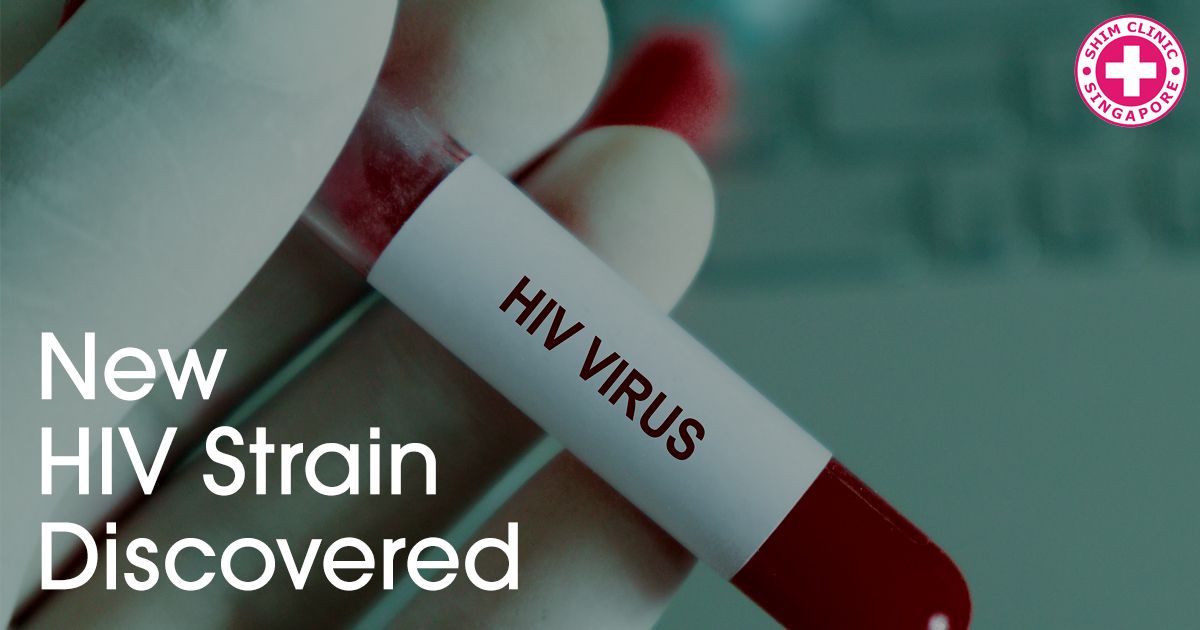For the very first time in almost 19 years, scientists have discovered a new HIV viral strain.
According to the laboratory responsible for the discovery, the new strain is from the very same sub-type that is responsible for the HIV pandemic of the 1980s and 1990s.
The New Viral Strain Discovery: An Overview
Abbott Laboratories researchers worked on the project in cooperation with a team from University of Missouri.
The new HIV strain belongs to the Group M version of HIV-1. The classification for HIV sub-types was established back in 2000. Since then, this is the only new HIV strain that researchers have uncovered.
Group M viruses cause the biggest number of HIV infections across the globe. Their origin can be traced back to the Democratic Republic of Congo – the country that’s considered the birthplace of HIV infections in humans.
The first two samples of HIV-1 Group M viruses were discovered in the 1980s and the early 1990s. It’s a well-known fact, however, that all viruses have the ability to mutate and change over the course of time.
This latest mutation was detected using brand new genetic sequencing technology. Luckily, tech advances have contributed to the faster, more accurate and much more cost-efficient identification of mutated viral strains.
Through the use of the new technology, researchers are capable of building an entire genome very fast. According to team members, the traditional identification of new viral strains that have resulted from genetic mutations is like searching for a needle in a haystack. New sequencing technologies act like the “magnet” that can pull the needle out very fast.
Why Is the Discovery So Important?
You may be wondering about the importance of the discovery. There are several reasons why keeping track of viral sub-types is crucial.
In the long-run, the discovery of the new viral strain could aid in the prevention of yet another HIV/AIDS pandemic. In the short run, it will contribute to changes in the way diagnostic tests work.
HIV tests are currently accurate in terms of detecting several viral sub-types. Taking in consideration the new mutation of the HIV virus will help for the creation of much more accurate testing tools that are sensitive towards the strain.
The discovery of the new Group M HIV strain will not change the manner in which people are tested or treated for HIV. People will simply have to be tested for the new strain, as well, to prevent the undetected spreading of that variety.
Technology and the Containment of the AIDS Epidemic
New technologies like the next generation sequencing have contributed to the development of preventative therapies and treatments that have contributed to the containment of the HIV spread.
According to the World Health Organization (WHO), 36.7 million people across the world are HIV-positive today. In 2016, 1.8 million people became newly infected. The virus is most predominant in parts of the world where testing and treatment options like HIV PrEP and HIV PEP are scarce.
Right now, a HIV infection has become a long-term manageable condition. People who are on the right treatment cannot pass the virus on, contributing to the eventual eradication of the pandemic.
Searching for viral mutations and identifying those as soon as possible is one of the prerequisites for reducing the risk of a new pandemic. This is the main reason why discoveries like the latest one happen to be so important. Due to the finding, clinicians can fine-tune tests and develop antiretroviral therapies that target the mutated strain, as well.
Another challenge that the world still has to overcome is the lack of awareness. Statistics show that of all infected individuals, 79 per cent are aware of their HIV-positive status. This means that 21 per cent of the people who can pass on HIV are not aware of the fact that they’re infected.
Better awareness campaigns and readily accessible HIV testing options can help effectively reduce the percentage of infected individuals who are unaware of their status.
Luckily for Singaporeans, testing and treatment options are readily available. Shim Clinic is a STD clinic in Singapore that specialises in sexual health and the detection of various sexually transmitted infections (STIs).
We offer reliable HIV testing and you can choose among rapid oral or finger prick testing options (that deliver results within 20 minutes) and more thorough diagnostic options (HIV DNA testing, HIV RNA testing and the HIV Western Blot test).
If you’re not aware of the testing option that’s best for you, come to Shim Clinic during our working hours every single day or give us a call at (+65) 6446 7446. We’ll be more than happy to consult you, explain the differences and suggest the HIV diagnostic package that makes the most sense for you.

